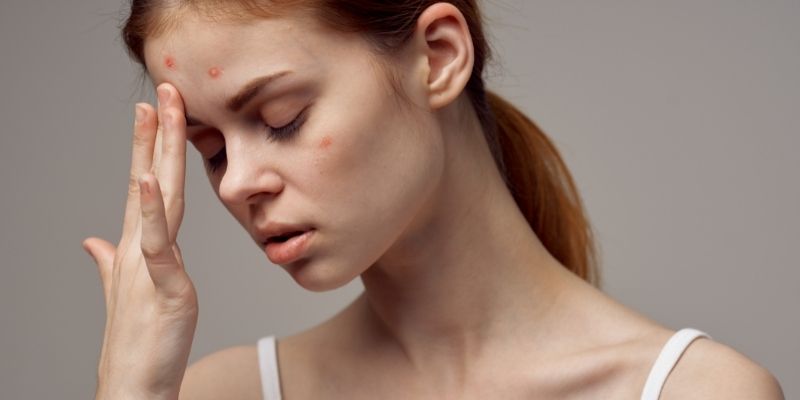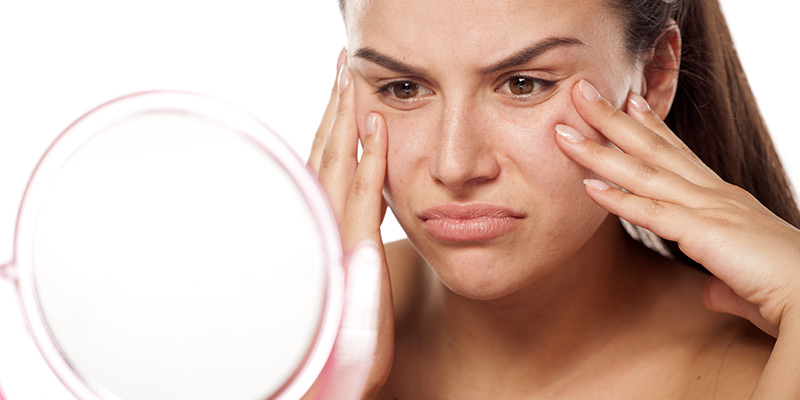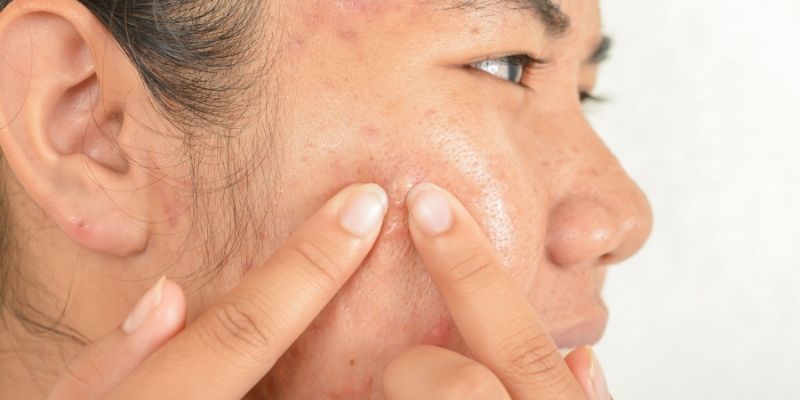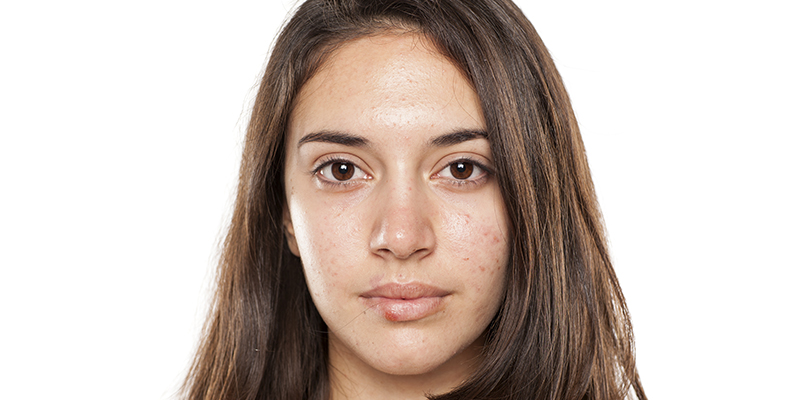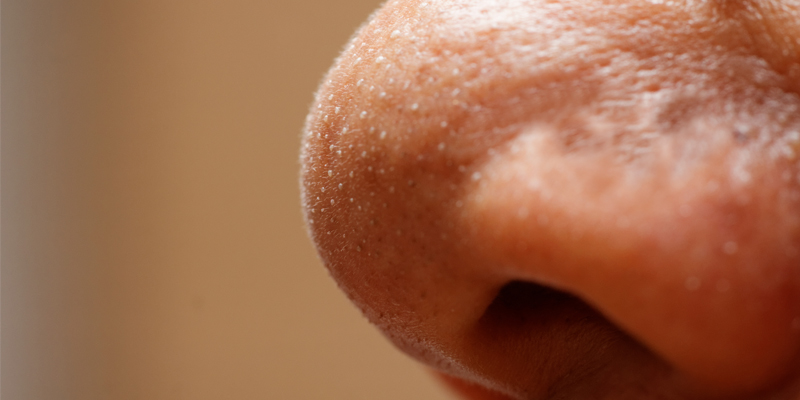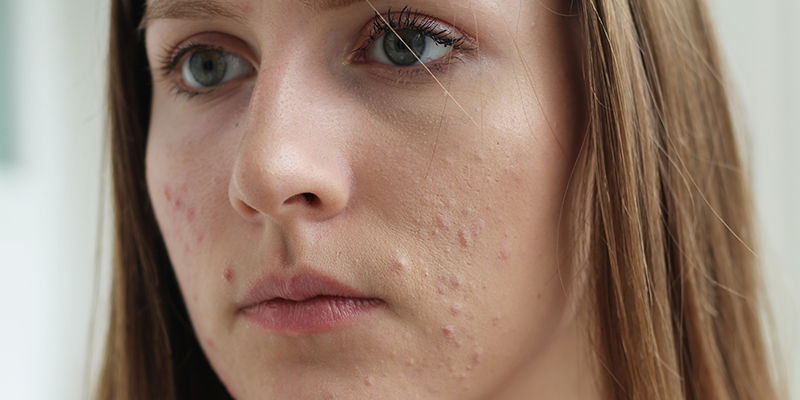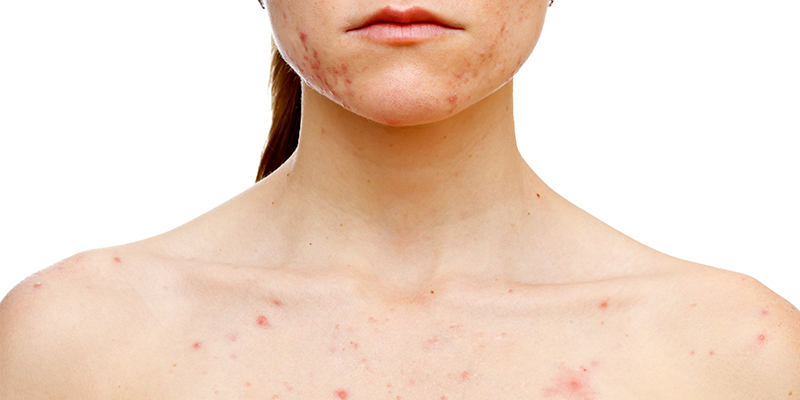Cystic Acne On Face – Treatment Procedure And Cost
If you notice pimples on your face that are large, painful and inflamed chances are you have cystic acne that remains deeply entrenched in your skin. Cystic acne on face is relatively common in teenagers, women with hormonal issues, and those with excessively oily skin. Learn here about the signs and symptoms of this condition, the treatment options, cost involved and management tips.
What Is Cystic Acne?
If you are suffering from cystic acne, it means you may be having one of the most severe grades of acne that appears as painful pus-filled inflammation. Pimples generally refer to any inflammation due to clogged pores that can range from small red bumps to large pus-filled ones.
Cystic acne may cause more breakouts if it bursts due to the spread of bacteria and the formation of interconnecting channels or tunnels, known as acne conglobata.
Cystic acne affects the face, especially the jawline, cheek and chin, but may appear on the upper arms, torso, and back. It is imperative to initiate the treatment of nodulocystic acne at the earliest as it can cause permanent collagen damage and scars on your skin.
Must Read: What’s The Most Effective Acne Treatment?
Nodular Acne Vs Cystic Acne
Nodular acne also develops due to inflammation in the skin pores caused by bacteria called P.acnes. It results in redness and swelling in the pores that may last for months if left untreated, but the nodules are firm in consistency as compared to the cysts, which are full of pus. Both of them may be painful to the touch.
Causes Of Cystic Acne
The exact cause of cystic acne on face is still unknown, but hormonal changes during puberty may be one of the primary triggers. During the teenage years, androgen hormone levels increase dramatically leading to an increase in sebum production by the sebaceous glands. The excess sebum leads to clogged pores and when left untreated, may eventually cause cystic acne in some individuals. However, there are other causes responsible for cystic acne, including –
- Hormonal changes during pregnancy and menstruation, as well as disorders like PCOS (Polycystic ovary syndrome).
- High levels of humidity and sweating
- Genetics
- Stress
- Drug allergy to corticosteroids, lithium and isoniazid.
- Greasy cosmetics, skincare and makeup products
Signs, Symptoms and Sequelae Of Cystic Acne
The significant signs and symptoms associated with cystic acne are listed below–
- Inflammation and redness
- Large, pus-filled and painful cyst formation
- Deep and firm nodules
- Red and raised scars
- Deep pits on the skin
- Sometimes boils in the underarm area or groins
Must Read: How To Treat Chin Acne?
Who Are At Risk?
People in their teens or early 20s are more susceptible to getting cystic acne. However, it can affect adult men and women up to the age of 50 years. Cystic acne is relatively more common in men than in women.
How Long Does This Condition Last?
Cystic acne may take weeks or months and in rare cases even years to disappear if left untreated and may cause inevitable collagen damage in the form of scarring. Cystic acne can be tough to manage, but with the right treatment option, they may reduce within a few weeks provided there is early intervention.
Treatments For Cystic Acne
Usually, dermatologists prescribe medication as the first line of treatment for cystic acne. They may recommend it as a standalone modality or combine it with advanced procedures for faster relief. Various treatment options include –
- Oral Antibiotics: The antibiotics help reduce the swelling that frequently occurs due to cystic acne. However, the bacteria may develop a resistance over time and will stop responding to the antibiotics. So use antibiotics as per the dosage and duration prescribed by a doctor.
- Isotretinoin: Many dermatologists recommend it to treat cystic acne. It helps reduce oil production, controls the inflammation, regulates the synthesis of healthier collagen for faster resolution and eventually prevents the formation of acne.
- Topical Retinoids: Your doctor may advise the use of prescription creams or gels that contain retinoids as an adjuvant. They can effectively unclog the pores and remove any dirt and debris.
- Benzoyl Peroxide: Benzoyl peroxide available as topical cream, gel or wash is an effective treatment option to treat acne of any grade.
- Spironolactone: Spironolactone is a medication used to treat oedema and high blood pressure. It is also an androgen receptor blocker that can help treat cystic acne caused due to elevated levels of androgens in the bloodstream.
- Oral Contraceptives: help regulate the hormones in women and clear cystic acne. This is often the first-line treatment if PCOS is the underlying cause of acne.
Must Read: What Is The Best Treatment For Acne?
Advanced Treatments
Here are some of the advanced treatment options for cystic acne:
- Intralesional Injections – Injecting a corticosteroid medication directly into the cystic acne can help reduce the inflammation and minimise the risk of scarring.
- Chemical Peels – These are specialised skin rejuvenating procedures that involve the use of mild plant-based extracts of varying strengths for controlled exfoliation of the upper layers of the skin that lead to regeneration of new healthier layers. Dermatologists may use them as adjuvants when other forms of acne are present along with cystic acne.
How To Treat Cystic Acne At Home?
The use of home remedies is highly avoidable to treat any form of acne. However, some preventive measures can provide temporary relief and help manage it better. These include –
- Make sure to clean your skin thoroughly twice a day with a gentle cleanser, especially after a strenuous activity which leads to excessive sweating.
- Do not touch or pick at the cysts. You may aggravate the inflammation further.
- Men should follow a proper grooming routine while shaving or maintaining a beard.
- It is essential to maintain hair hygiene and shampoo regularly as people with oily hair tend to develop cystic acne on their back and arms.
- Always pick an oil-free, non-comedogenic and water-based skincare product.
- Adopt a healthy lifestyle and get plenty of sleep and exercise.
Must Read: Best Skin Care Routine For Acne Prone Skin
It is advisable to seek medical treatment at the earliest if the above tips are not working to manage cystic acne to avoid scarring.






